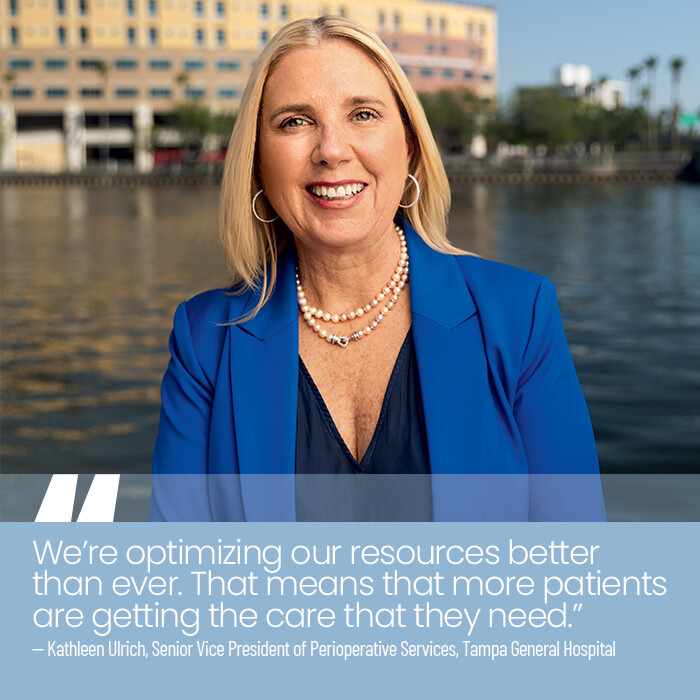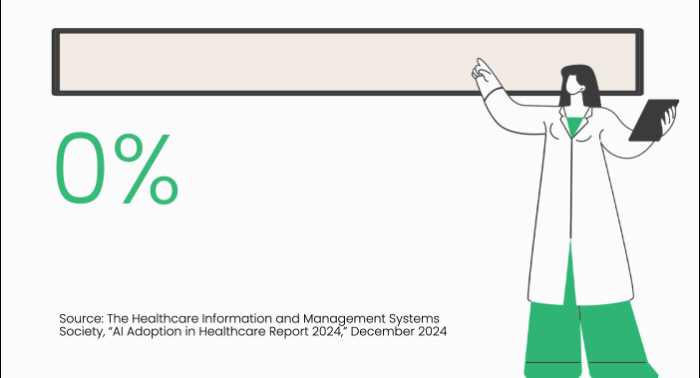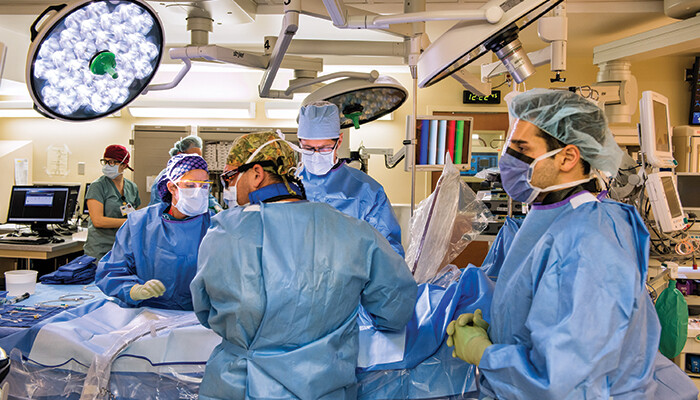Now, before scheduling a procedure, administrative staffers know how long it should take based on the system’s calculations, which are specific to the case history of the assigned surgeon. This information is used to customize the daily schedule, with minor adjustments made on the fly in response to live feeds from in-room cameras.
“They can see what’s happening inside 24/7,” Ulrich says. “Now, they don’t have to call into the room to ask the surgeon where they are in the case. They know when that procedure is about to wrap up and when they should be ready for the next one.”
This new process is helping Tampa General save more than 3,000 minutes per week in time previously lost to surgical inefficiencies, she adds. In the hospital’s first year with the tool, it has the potential to schedule more than 600 procedures that it otherwise could not have offered.
“We’re optimizing our resources better than ever,” Ulrich says, “and that means that more patients are getting the care that they need.”
Accelerating Adoption of AI to Streamline OR Workflows
In one study, 1 in 9 Americans said they had at least one surgical procedure the previous year. Such numbers make clear why Tampa General needs solutions to help streamline its OR operations.
A 2024 Philips report found that 84% of U.S. healthcare leaders believe that automation will save their workers time by reducing daily administrative tasks, and 76% believe that automation will allow their care teams to perform at their highest skill levels.
“Hospital operating rooms are focused on three very important areas,” says Dr. Teodor Grantcharov, professor of surgery at Stanford University and associate chief quality officer for innovation and safety at Stanford Health Care.
One top concern is efficiency, not only to provide services to all who need it but also to maximize hospital revenue. Another is compliance with standard safety procedures to minimize the risk of harm to patients. Then, there’s the related drive to improve care quality, to push for outstanding surgical performance through case analyses and clinician education.
AI is now being used for each of these purposes and more, Grantcharov says. He is also a practicing surgeon and the inventor of an AI-powered solution called the OR Black Box, which is designed to holistically tackle perioperative quality, safety and efficiency.
It won’t be long before every OR in the U.S. will rely on some kind of AI-enhanced technology, he notes: “Adoption is accelerating so quickly that it’s really just a matter of time.”














